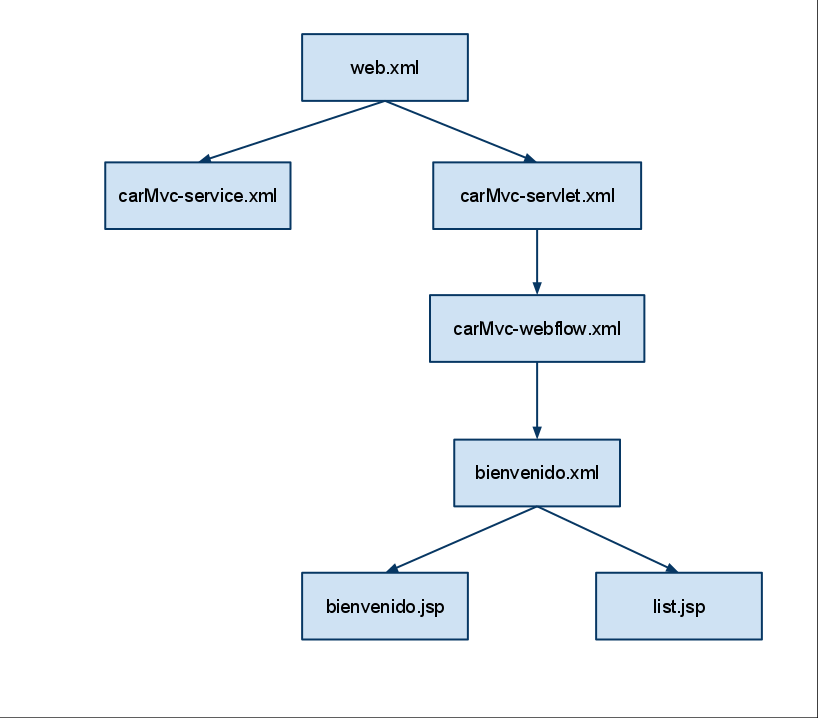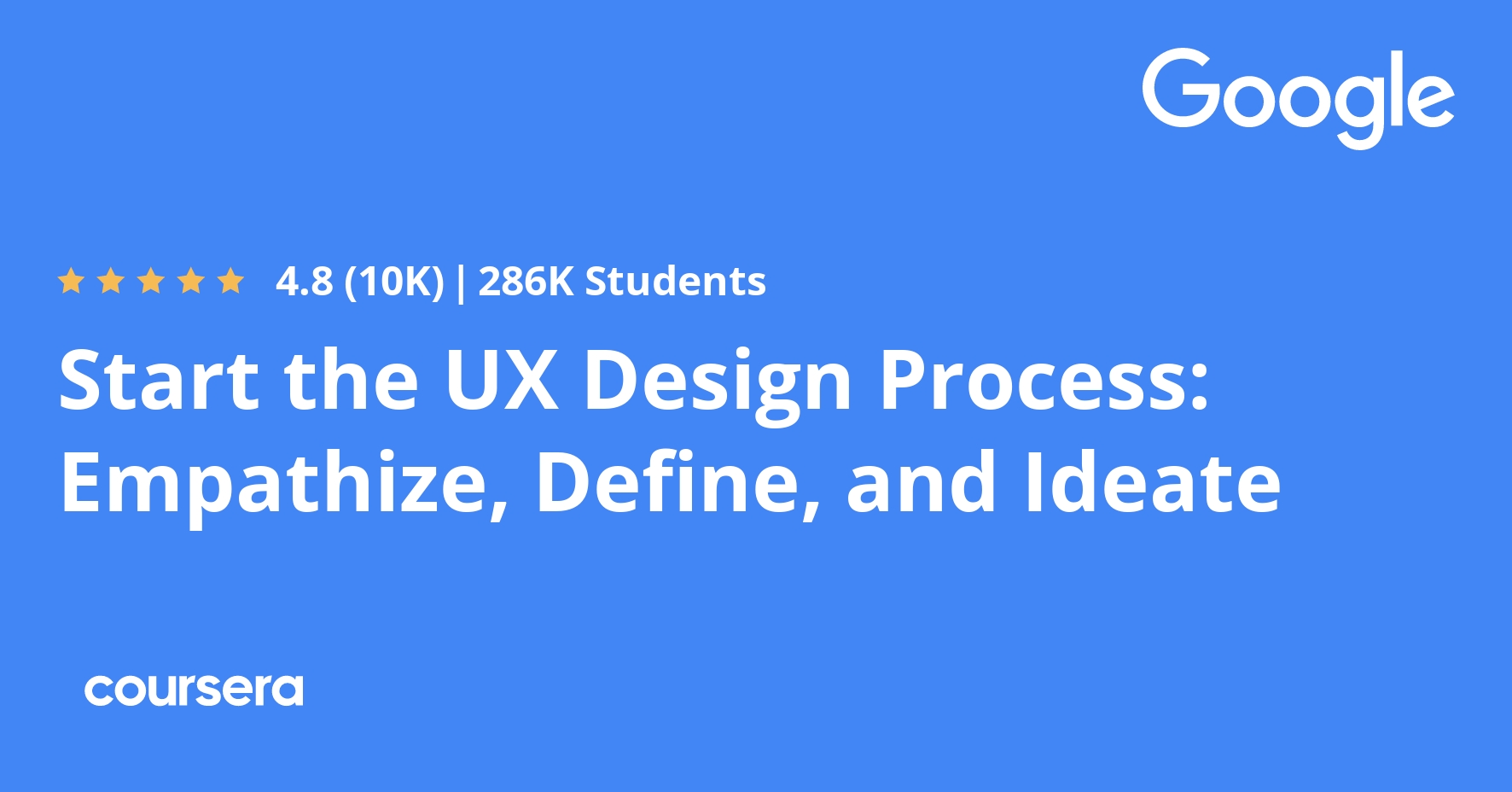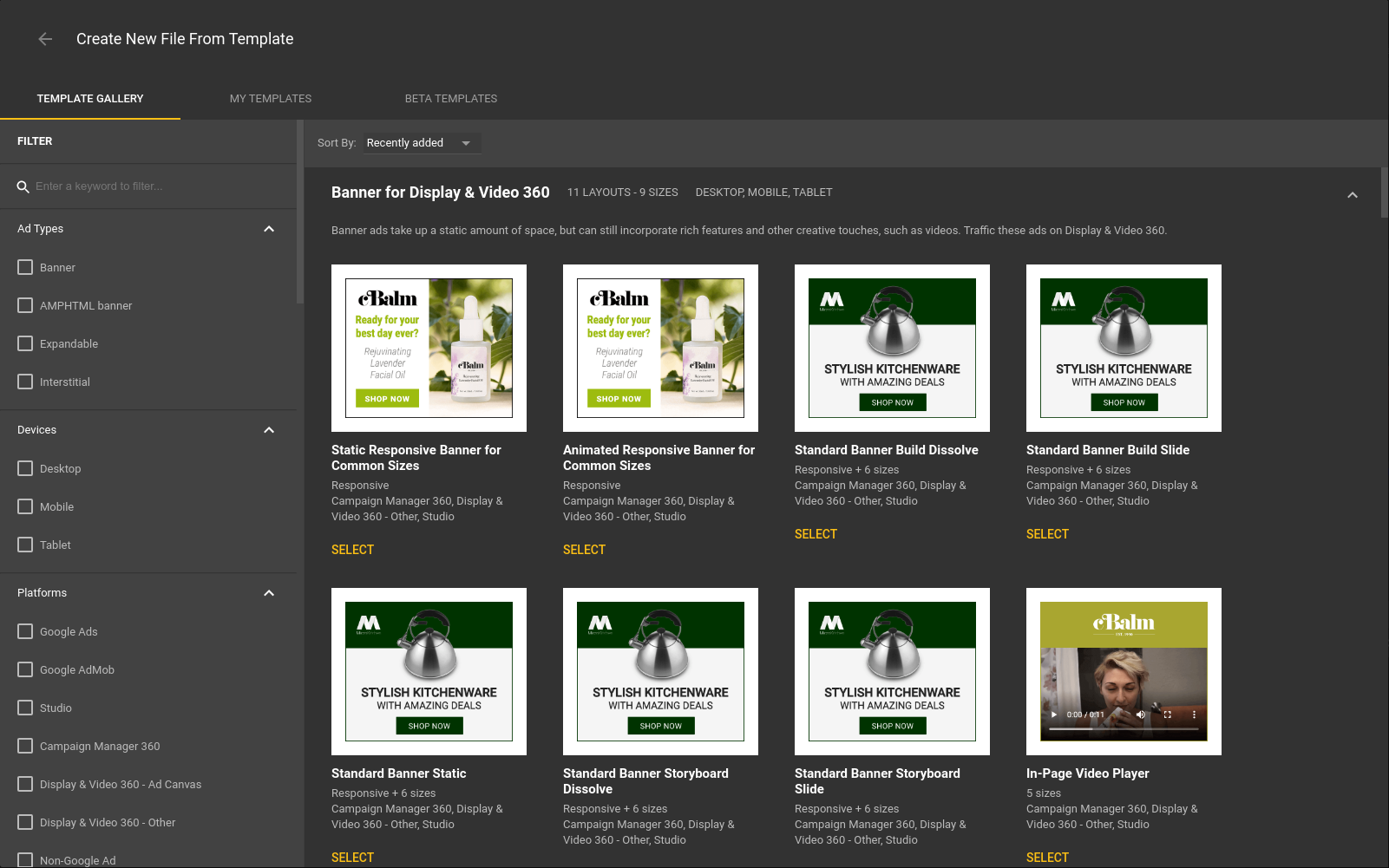
To test new ideas, prototyping is crucial before a product goes live. Also, prototyping allows you to observe how users react and what features they like. It doesn't mean you have to start working on a prototype immediately. However, having a high quality version of your design will help you make better choices early in the process.
A prototyping process requires many steps, and a lot more information. It is important to understand the goals of your client before you start prototyping. Once you know your goals, you can choose which prototyping method is best for you. This could be either paper or digital, or both.

It is essential to choose the right prototype for your UI/UX design. It is important to understand your target demographic and determine the platforms where your product will be made available. For example, a website designed for a small screen may require a different set of requirements than a desktop app. Liquid layouts are a way to make elements adapt to screen size. If you do, be sure to choose a color scheme that provides good contrast for visually impaired customers.
While it is not difficult to get the most out a prototype, it does require some creativity and knowledge about the product you are testing. Incorporating popular UI/UX trends might be a good idea. Some examples include color, fonts, and animations.
A UI/UX designer must design and implement a wow' feature. It will show your stakeholders the functionality of your product and give them an opportunity to test it firsthand.
While a prototype can be any size, fidelity is a big factor. There are several levels in fidelity. These differ depending on how interactive the prototype is and whether it has visual design or content. Higher fidelity will result in a prototype that is more visually appealing and interactive.

For the most part, the simplest and most practical prototype is the one with the most obvious functionality. You can create a click-through prototyping to show navigational hyperlinks. A search bar can also be added to the prototype to retrieve data.
You can also use an interactive prototype to see how users will interact. For example, you might want to create an accordion menu or dropdown list. Alternatively, you might decide to add parallax scrolling to your website to make it more engaging.
The best thing about prototyping is that they can reveal hidden problems in the actual product. Perhaps your pet sitting application doesn't have an easy way to save your favoritesitters. This design element can be used to make your pet sitting app fun and intuitive for your clients and you.
FAQ
How to Create a Static Website
To create your first static website, you'll need to choose between two options:
-
Content Management System (a.k.a. WordPress): WordPress is available as a download. This will allow you to create an essential website.
-
Create a static HTML website: You'll need to code your HTML/CSS code. This is easy if you know HTML.
A professional may be able to help you create a large website.
Start with option 2.
Is it more likely to be hired as a web developer if I have a good portfolio?
Yes. If you want to land a job as web designer or developer, your portfolio is essential. Portfolios should showcase examples of your skillsets and experience.
A portfolio usually consists of samples of your past projects. These examples can showcase your abilities. Include everything: mockups; wireframes; logos; brochures; websites and apps.
Can I make my website using HTML and CSS?
Yes! If you've followed the steps, you should now be able create your website.
Now that you know how to create the structure of a website, you'll also need to learn some HTML and CSS coding.
HTML stands for HyperText Markup Language. This is like writing a recipe. It would list the ingredients, directions, and how to do it. HTML is a way to tell a computer which parts are bold, underlined, italicized or linked to other parts of the document. It is the language used to describe documents.
CSS stands for Cascading Style sheets. It is like a stylesheet that you use to create recipes. Instead of listing all ingredients and instructions, you simply write down the basic rules for things such as font sizes, colors or spacing.
HTML tells the browser how to format a web page; CSS tells it how to do it.
You don't have to be a prodigy if you don’t get the terms. Follow the tutorials below, and you'll soon be making beautiful websites.
Which platform is best for designing a website?
The best platform for designing a website is WordPress. It has all the features required to create a professional-looking website.
Themes are easy-to-install and customizable. There are many themes to choose from online.
Plugins are another way to add functionality. They can do everything, from adding social buttons to creating contact pages to adding forms.
WordPress is also very user-friendly. To modify your theme files, you don't need to be able to code HTML. To change your theme files, all you have to do is click on an image and select the desired changes.
While there are many options for platforms, WordPress is my favourite. It has been around forever and is still widely used by millions.
Do I Need Any Technical Skills To Design And Build My Site?
No. All you need to understand HTML and CSS. You can find tutorials online for HTML and CSS.
What is responsive web design?
Responsive Web Design, also known as RWD, is a way of designing websites so that content displays on all devices. This includes desktop computers, tablets (tablets), smartphones, etc. This allows visitors to view the website on one device and access other features like buttons, navigation menus, etc. RWD's goal is to ensure that users view the exact same version of a website on every screen size.
If you are building a website to sell products primarily via eCommerce, then you want to make sure that customers can purchase items from your store even if they view it on their smartphones.
A responsive website will adjust its layout automatically based on what device is used to view it. Your laptop will view the website exactly as a normal desktop site. But, the page will appear differently if you view it on your phone.
This means that you can create one website that looks great across all devices.
How do you design a website?
Understanding your customers' needs is the first step. What are they looking at when they visit your site.
What problem might they face if your site doesn't have what they are looking for?
After you have this information, you need to find out how to solve the problem. Your site must look professional. It should be easy to use and navigate.
Your site should be extremely well designed. It shouldn't take too many seconds to load. People won't stay as long if it takes too long to load. They'll go somewhere else instead.
You need to consider where your products are located when you build an eCommerce website. Are they all located in the same location? Are they spread around your site?
It's important to decide if you want to sell just one product or multiple products. Are you looking for a single product to sell or multiple products?
Once you have answered these questions, you can begin building your site.
Now it is time for you to concentrate on the technical aspect of things. How will you site function? Is it fast enough? Can people get to it quickly from their computers?
Will people be able to buy something without having to pay extra? Will they have to register with your company before they can buy something?
These are essential questions that you need to ask yourself. When you have the answers, you can move on.
Statistics
- The average website user will read about 20% of the text on any given page, so it's crucial to entice them with an appropriate vibe. (websitebuilderexpert.com)
- It's estimated that chatbots could reduce this by 30%. Gone are the days when chatbots were mere gimmicks – now, they're becoming ever more essential to customer-facing services. (websitebuilderexpert.com)
- It enables you to sell your music directly on your website and keep 100% of the profits. (wix.com)
- In fact, according to Color Matters, a signature color can boost brand recognition by 80%. There's a lot of psychology behind people's perception of color, so it's important to understand how it's used with your industry. (websitebuilderexpert.com)
- It's estimated that in 2022, over 2.14 billion people will purchase goods and services online. (wix.com)
External Links
How To
How can I choose the right CMS for me?
Two types of Content Management System are available. Web Designers typically use static HTML and dynamic CMS. WordPress is the most popular CMS. Joomla is the best CMS for professional looking websites. Joomla is an open-source CMS which allows you create any design website without needing to know any coding. It is easy to set up and configure. Joomla comes with thousands upon thousands of templates and extensions, so you don’t need to hire an expert to set up your site. In addition, Joomla is free to download and use. Joomla is a good choice for your project.
Joomla is a powerful tool which allows you to easily manage every aspect your website. It provides features such as a drag & drop editor, multiple template support, image manager, blog management, a news feed, eCommerce, etc. Joomla's many features make it a great option for anyone who doesn't want to spend hours learning code.
The great thing about Joomla is that it supports almost all devices, including mobile phones, tablets, desktop computers, laptops, etc. It is easy to build websites for different platforms.
There are many reasons that Joomla is preferable to WordPress. These are just a few of the reasons Joomla is preferred to WordPress.
-
Joomla is Open Source Software
-
It's easy to set up and configure
-
Over 2,000 ready-made Templates and Extensions
-
Download and use this free software
-
All Devices Accepted
-
Powerful Features
-
Great Support Community
-
Very Secure
-
Flexible
-
Highly Customizable
-
Multi-Lingual
-
SEO Friendly
-
Responsive
-
Social Media Integration
-
Mobile Optimized